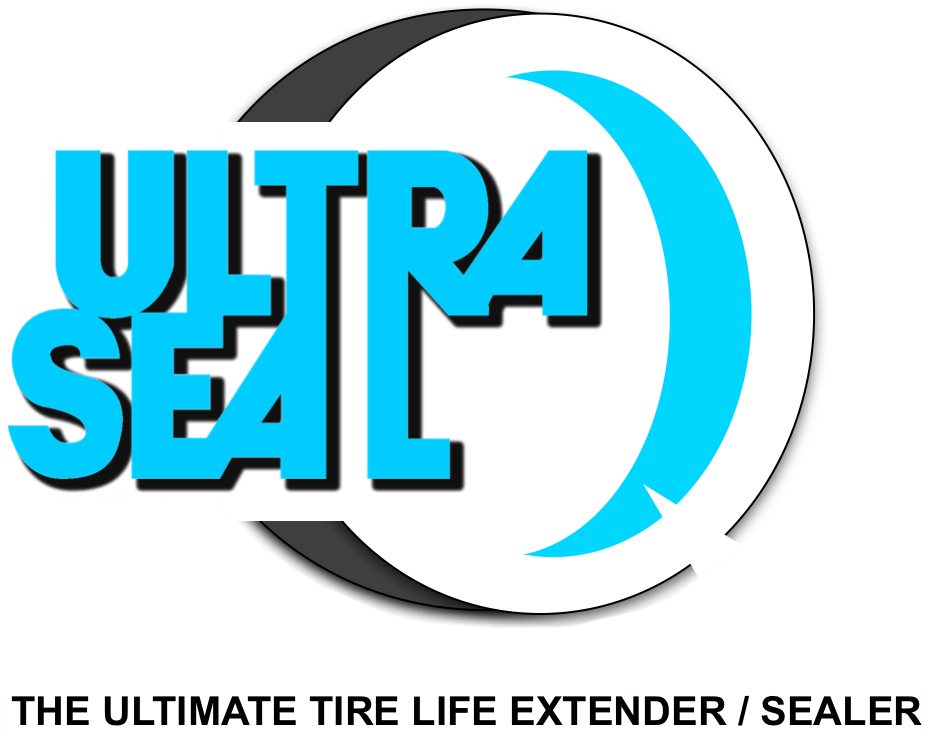For the past 50 years, Ultraseal International has manufactured highly effective tire sealants that protect and enhance pneumatic tires. The tire sealant process is unique in that it is a combination of liquid, polymers, fiber, and rubber particles, held together by a strong chemical bond. By creating an advanced fluid-fiber matrix that coats the inner surface of the tire, Ultraseal has progressed far beyond the limits of conventional and often temporary liquid puncture sealants. Easily installed through the tire’s valve, the Ultrasealing process begins. It is quickly dispersed by the tire’s rotation, forming a uniform and consistent coating that clings to the inner surfaces of the tire.
Punctures
When a puncture occurs, Ultraseal is forced into the wound with the escaping air and centrifugal force of the rotating tire. The always present and uniform Ultraseal coating immediately forms a secure plug that extends from the inner liner through to the tread surface. Only the Ultraseal within the wound that is exposed to outside air solidifies. The remaining internal Ultraseal stays liquid and continues to provide protection. In many cases, a puncture may not be visually detected until closer inspection. If a nail or puncturing object remains in the tire, Ultraseal seals around it.
Porosity
In all tires, tiny pores and passageways run throughout the many layers of rubber, steel and fiber of the tire. These near microscopic openings are the source of unnoticed but constant and perpetual air loss that substantially shorten a tire’s life. Centrifugal force and the tire’s flexing action combine with heat to set the Ultraseal fluid-fiber matrix within the passageways, effectively blocking air loss.
Liquid Reserve
In all tires, tiny pores and passageways run throughout the many layers of rubber, steel and fiber of the tire. These near microscopic openings are the source of unnoticed but constant and perpetual air loss that substantially shorten a tire’s life. Centrifugal force and the tire’s flexing action combine with heat to set the Ultraseal fluid-fiber matrix within the passageways, effectively blocking air loss.



